Why did you choose the Institute of Economic Studies at Charles University?
I like mathematics, economics as well as learning languages, and that’s why I chose a master’s degree in finance, financial markets & banking, which combined these topics. I picked the Institute of Economic Studies because of its more intimate nature, which allowed me to establish closer relationships with the people in my year group. I enjoyed the lectures of our professors, and they were of great benefit to me in many ways. I acquired valuable knowledge here, which I could later apply in my work.
What were your plans after school? Did you have any idea how and where you would use what you had learnt?
The study was inspiring, but I did not see myself in macroeconomics; I was interested in its practical application in the real life of people and companies. In my final year of university, I signed up for a new course that focused on real estate investing. It was led by experienced people from practice who are still active in the Czech Republic, holding high positions within the real estate segment. Already during the course, I applied for the position of a part-time economic analyst, which Mint Investments were seeking to fill at that time. Over time, I transferred from part-time to full-time, and this year marks my 8th year working for Mint. After a few years, I moved from the position of analyst to the position of investment director, and I currently lead our investment team in the company.
Why did you send your CV to Mint Investments out of all companies?
When I came to Mint in 2014, the company was smaller than it is today. At that time I was 22, I was attending a real-estate course and I was looking for something interesting. I saw it as an opportunity to devote myself to what I was studying. I was especially attracted by the family atmosphere at Mint, it was not a corporation. I liked that. We still have a family atmosphere and friendly relations here.
How do you work with the management, with the partners of the company?
The partners of Mint Investments have 20 to 25 years’ experience in real estate. I am still learning from them. We are on very good terms. At the beginning, it was important to win their trust. In order to become a leader, to lead others and manage projects, I had to convince them that I was able to work independently, efficiently and in line with their ideas. Communication here is very good and direct, and over the years a high level of trust has built up between us.
What were your first projects? Was real practice a big difference from what you had learnt at school?
When I joined the firm, I was fresh out of school, meaning zero practical knowledge. School taught me to be disciplined and some basics like credit/interest but applying it to reality wasn’t easy at all. The first project I worked on from A to Z on my own was Avenir business park – an office building in Prague (25 000 m2), in which we completed the circle last year, when we sold the project. That was my first real-estate baby. J
What do you enjoy most about your job?
The most interesting thing for me is the transaction process, i.e. negotiations, finding solutions, negotiations with the bank and counterparties. I am inspired by our management, which has a lot of experience in this field. Communication and negotiations with the bank are other extremely important parts of the process because every project has to somehow be financed.
How does a transaction process work?
The first stage of the entire process is to identify an investment opportunity. This may be from the buyer’s side, when we usually actively approach owners for a buyout, or we take part in a tender, or from the seller’s side, when we ourselves get the whole process going and try to sell the project. In both cases, we load the input information internally into the numbers and evaluate how attractive the individual opportunity is for us and our investors. If we are interested, the second part of the process begins. We prepare an offer to buy or accept an offer to sell our property. This is then followed by the property inspection process. We hire external consultants, we examined whether the property the company are in order from the financial, technical, tax, and legal aspects. If all this goes smoothly, we arrange the transaction documentation and at the same time we start negotiating with a bank that will finance the whole project. If this runs smoothly, the whole process takes 3 months; if it is more complicated, it can take from half to three quarters of a year.
What does your working day look like? What tasks do you deal with?
Every day at my job is different. I usually start by checking emails; some come in at night as we have investors in other time zones. On certain days I am completely immersed in managing transactions and managing people in the team. A lot of my time is spent communicating with our financing banks and meeting with business partners, where I try to get an overview of the market, or some insight. On other days, I’m dealing with developments, their progress, and trends in sales and costs. I’m involved in the metropolis project, making sure we meet commercial milestones, agreements with the bank, and matters of a sales nature. The technical part of the project I leave to my colleagues. Other days, I’m busy developing the business, looking for opportunities for new deals.
You mentioned the commercial milestones of the Metropolis project. What are they and how are they monitored?
Each commercial project has its own plan, as so, too, does Metropolis, where we set out how much to sell and in what time, what revenues are expected, and where it should go economically. We have here a set budget and have defined the project’s profitability. This is a typical example of the development where we monitor how the project progresses over time. We track it on a monthly basis.
How do you see Metropolis as a housing project? What do you see as its greatest potential?
Metropolis is a unique project in a great location, which is the best in all of Bratislava. “Bratislava’s Manhattan” will, after the completion of all the projects, be a city quarter that wouldn’t even have been dreamt of some years ago. At Mint, we are very happy to be a part of this modern urbanism. The project offers everything that a demanding client expects: the best apartments for sale in Bratislava with convenient amenities and modern technologies (radiant ceiling heating and cooling, ventilation by recuperation), beautiful views, plenty of underground parking spaces, commercial spaces that will offer residents a variety of services. And a lucrative location, close to the centre, a short walk to the Old Town, or the Danube. What more could one wish for a happy life in the city today? 😊
It’s admirable to see the dedication of each member of your team to Metropolis. Mint Investments is known to live by its developments, which is evident in each and every one of them. What others are you currently working on?
We currently have the Alfa Residence project under construction in Prague’s Stodůlky (76 apartments). We recently obtained permission for its second phase (372 apartments) and at the same time we are working on a development in Žižkov. We manage our successful residential fund focused on rental housing projects, something which is gaining more and more popularity in the Czech Republic. And, of course, we are constantly researching the market and actively looking for new opportunities. We monitor the situation in the world and adapt our strategy accordingly.
What are you most proud of so far in your career at Mint Investments?
I am proud of every single transaction I have been involved in. Each one has been different, had its own specifics, and taught me something new. I would, though, highlight my two biggest – Main Point Pankrác and Coral Office Park in Prague. I am happy that I managed to grow professionally at Mint, and I am also grateful for that. I appreciate that the company’s management trusts me and that I have their support. I’m genuinely proud of all of Mint’s projects and how our company has grown. There were 30 people, now there are 50. We had a portfolio of €300 – 400 million under our management. Presently this figure is now in excess of €1 billion. The hard work the whole team has paid off. Today we invest in and manage offices and business centres, and we also have 4 developer residential projects in our portfolio. They are our icing on the cake; we have devoted enormous effort and time, investments, and, not least, patience in them as we waited for permits an incredibly long time. We often asked ourselves if it was still worth it. But we endured and now we can reap the harvest.
Mint has a wide range of services in its portfolio and the Group’s results confirm that it is steadily growing. What is your next goal?
We are currently one of the largest commercial property managers in the Czech Republic, so the goal is to continue moving up the rankings. In the future, we would like to expand our area of activity and incorporate a new type of property. And we also want to continue to develop our open-ended residential fund for people.
How do you see the situation on the real estate market in Slovakia and the Czech Republic?
Both the Czech Republic and Slovakia have one main feature in common – residents want to own their home. Therefore, demand for real estate is very high. In recent years, the Czech Republic has suffered from slow building permit proceedings, and thus a low volume of construction relative to the demand for apartments. This has resulted in a sharp rise in prices over recent years, supported by attractive mortgage terms. There was huge interest both in housing and investment. Today we find ourselves at a peculiar point, where construction costs are still rising, some have stabilised, but at much higher levels than before. At the same time, the Czech National bank has raised interest rates dramatically, meaning that fewer and fewer people can afford to buy their own real estate today. Bratislava is for now in a different situation, where although building permit proceedings are also slow, on the other hand, there is on the other hand more room for residential construction (compared to Prague) and mortgage rates are still at a reasonable level. Bratislava as a city is getting rich, growing, and has attracted many international companies and top experts. There is great potential in the Slovak metropolis.
How do you think the real estate industry will develop over the coming years?
The entire real estate industry has grown rapidly over the past years. In the short term, I expect a slight stagnation, a correction of cheaper real estate, or older second-hand apartments, which more recently have caught up with new buildings. Banks are raising interest rates, making financing more expensive. So every investment must be even better thought-through. For companies like ours, it will be important to have a correctly composed portfolio, with the right projects, and to devote special attention to each one. At Mint, we are ready for this, and we are waiting to see what this period will bring. We hope that new investment opportunities will come soon.
What advice would you give to people who want to start an investment business?
You have to set your own strategy and stick to it; don’t be afraid of change. The last three years have been difficult, shocking, covid came, then the war, and more recently energy problems. In these situations, it becomes clear who is an investor and who is not. A lot of people – the less experienced ones – will be getting rid of their positions. And those who are able to keep their positions, will come out profitable. My recommendation is to always maintain some discipline; if a person has set a course of action, they should stay with it and not change it. Assuming, of course, that nothing fundamental or key to having chosen this course, changes.
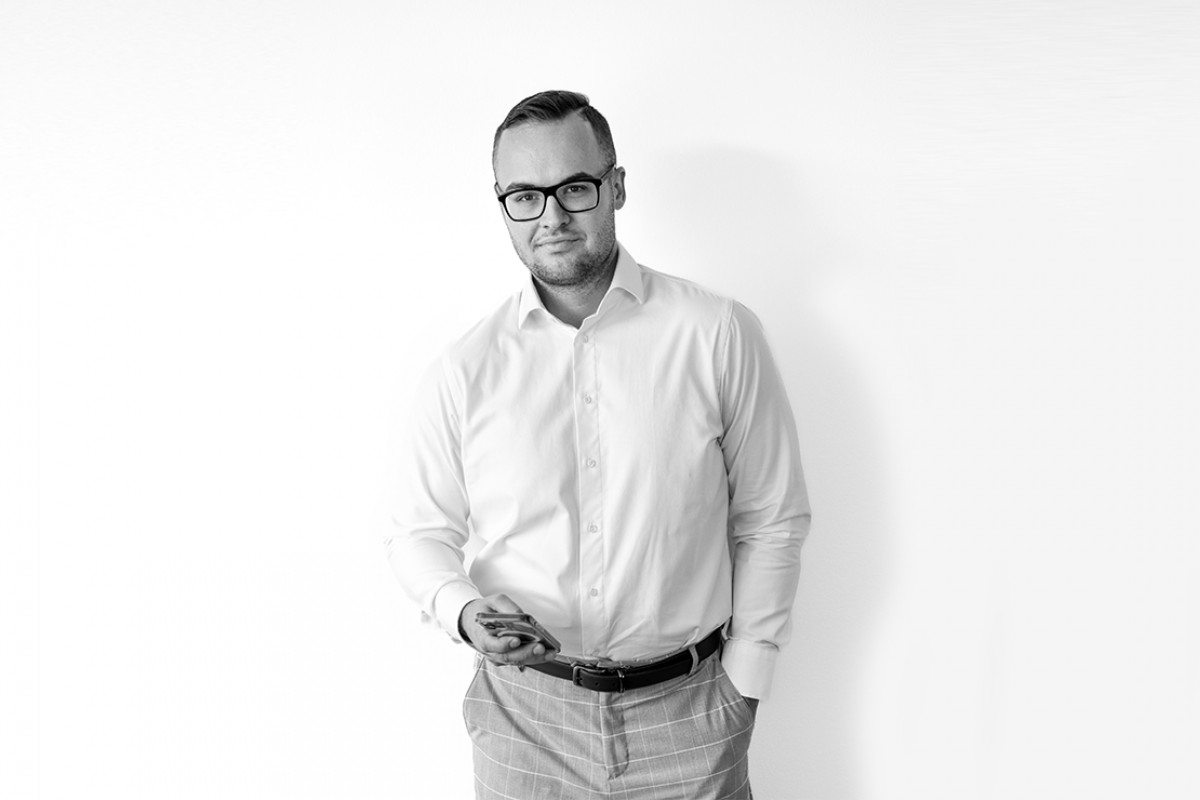
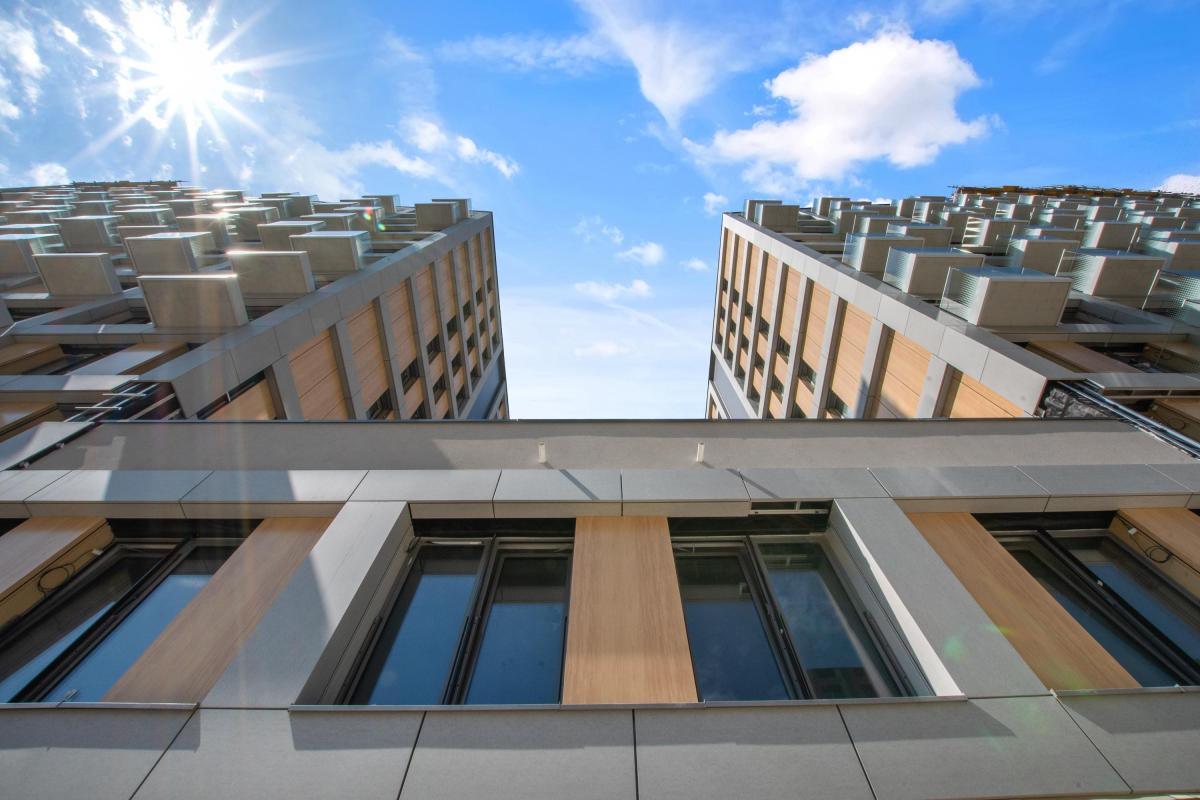 Metropolis Ventilated Façade: The Perfect Harmony of Style and Functionality
Metropolis Ventilated Façade: The Perfect Harmony of Style and Functionality
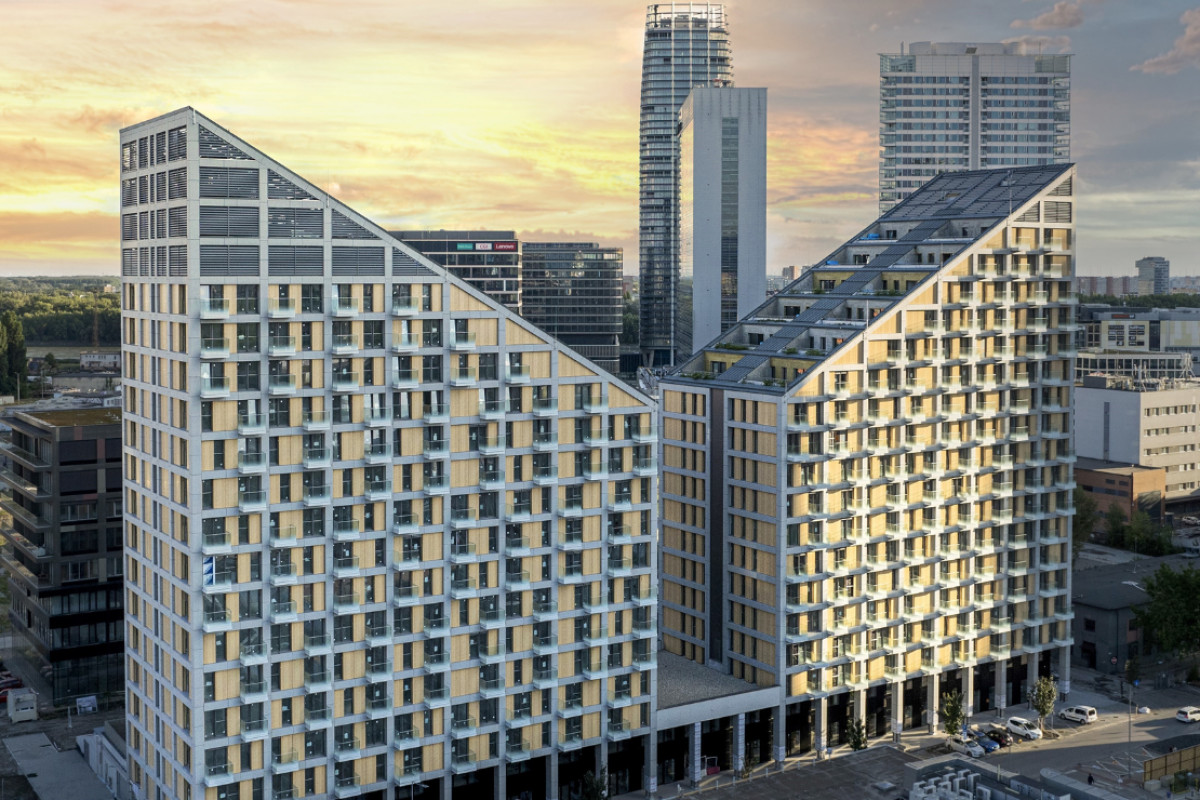 Metropolis Breaks Records: The Largest M-Shaped Building in Slovakia!
Metropolis Breaks Records: The Largest M-Shaped Building in Slovakia!
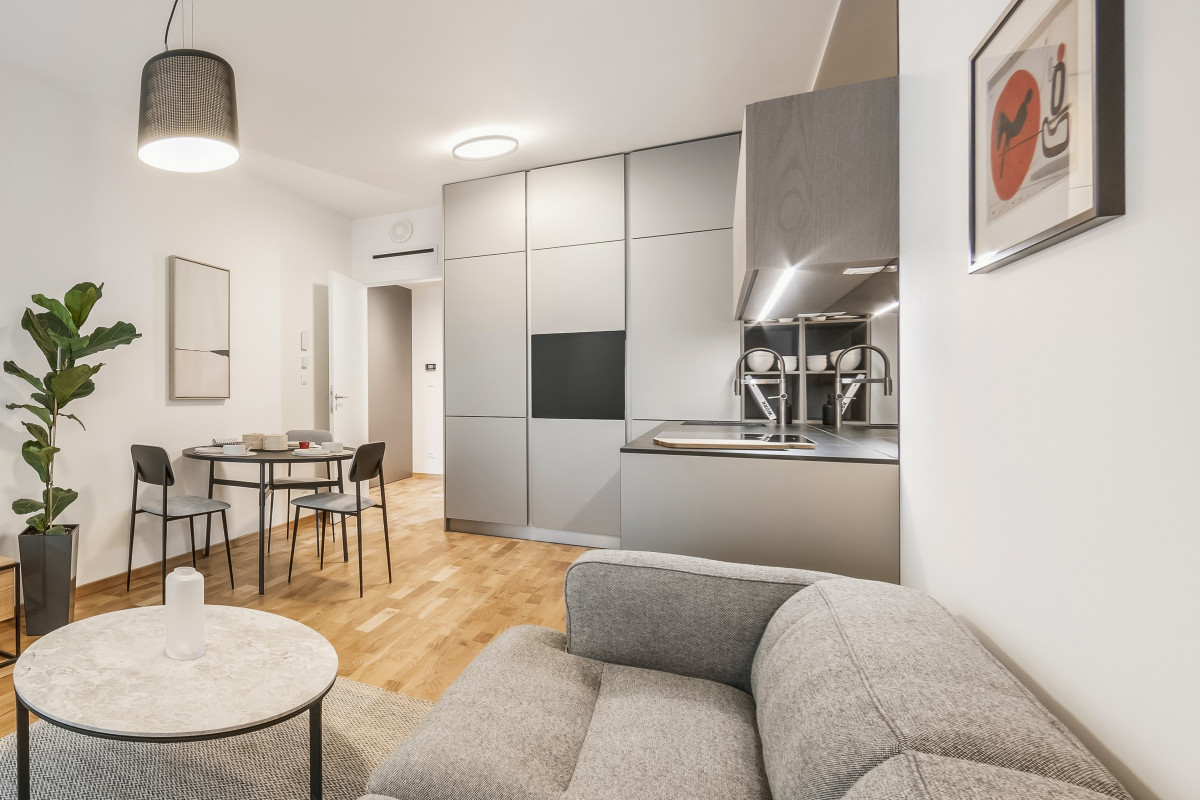 The Home of the Future: Metropolis Redefines Living in the Heart of the Capital
The Home of the Future: Metropolis Redefines Living in the Heart of the Capital
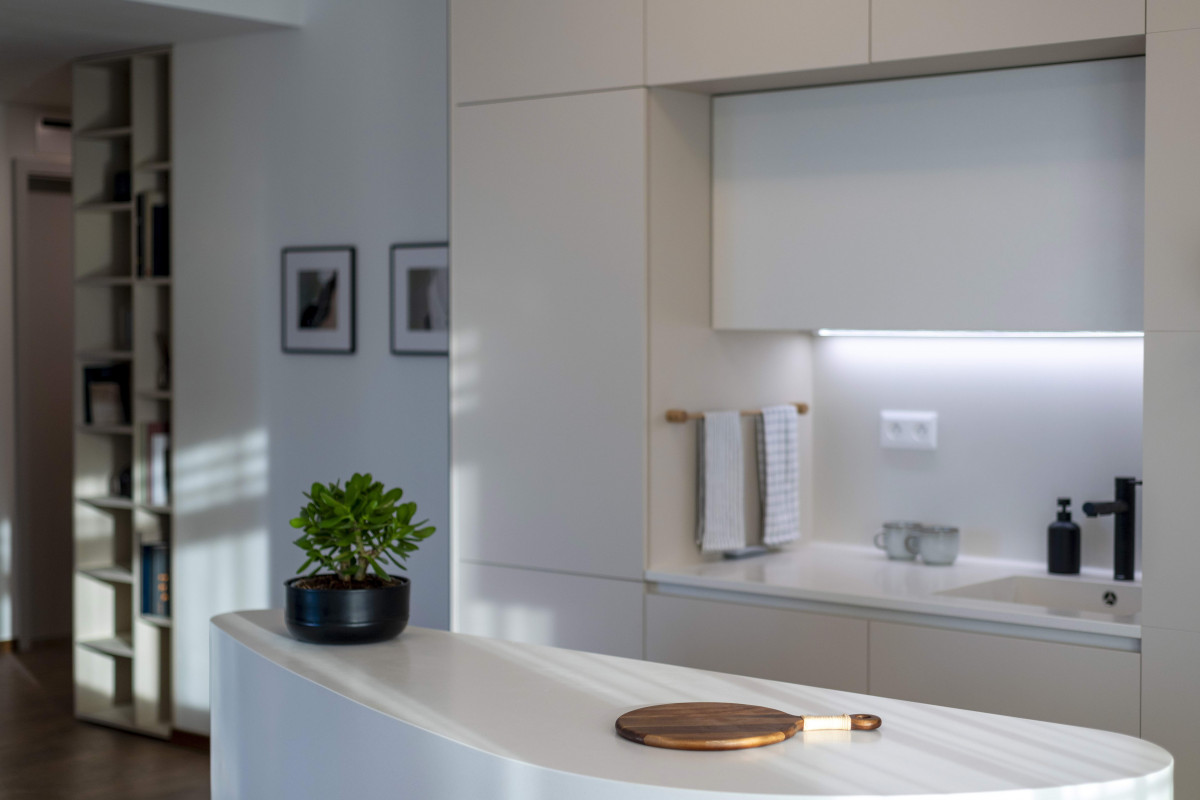 Luxury Living in the Heart of the Downtown: Metropolis is Near Completion and Shows Its First Apartments
Luxury Living in the Heart of the Downtown: Metropolis is Near Completion and Shows Its First Apartments
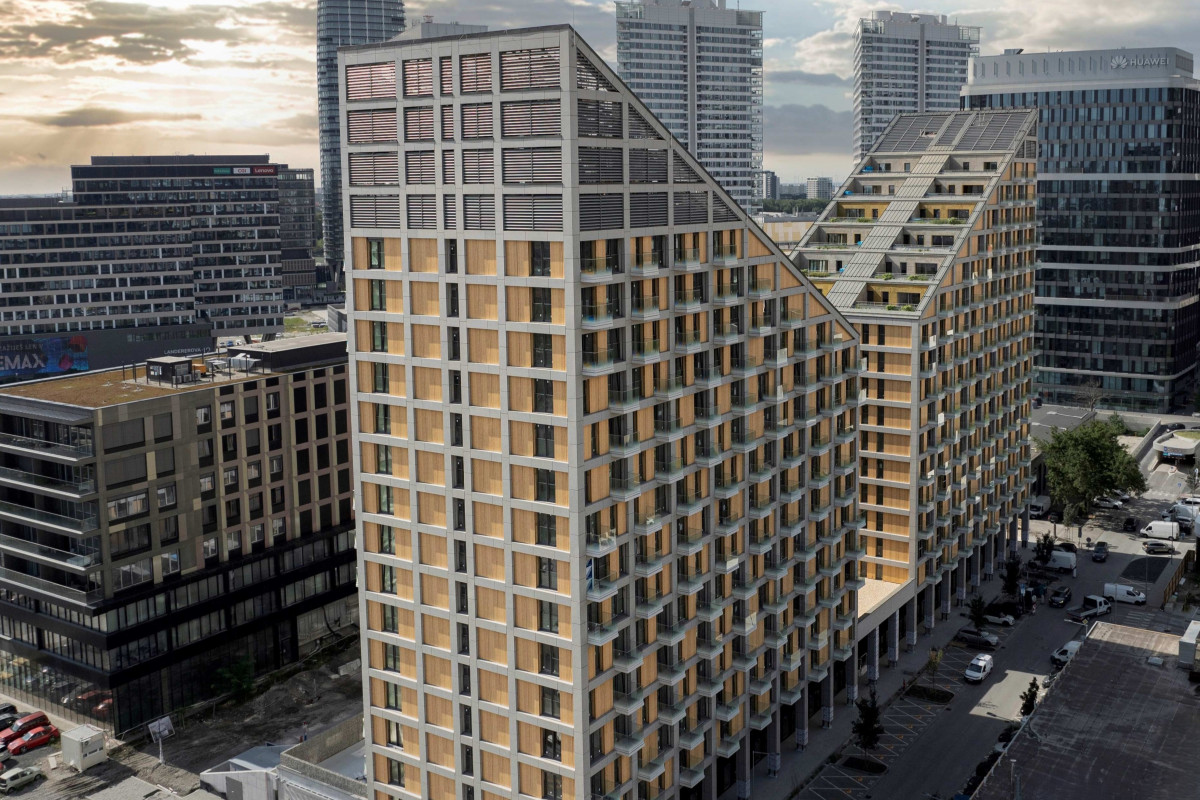 This is a lucrative Location for Your Successful Business
This is a lucrative Location for Your Successful Business
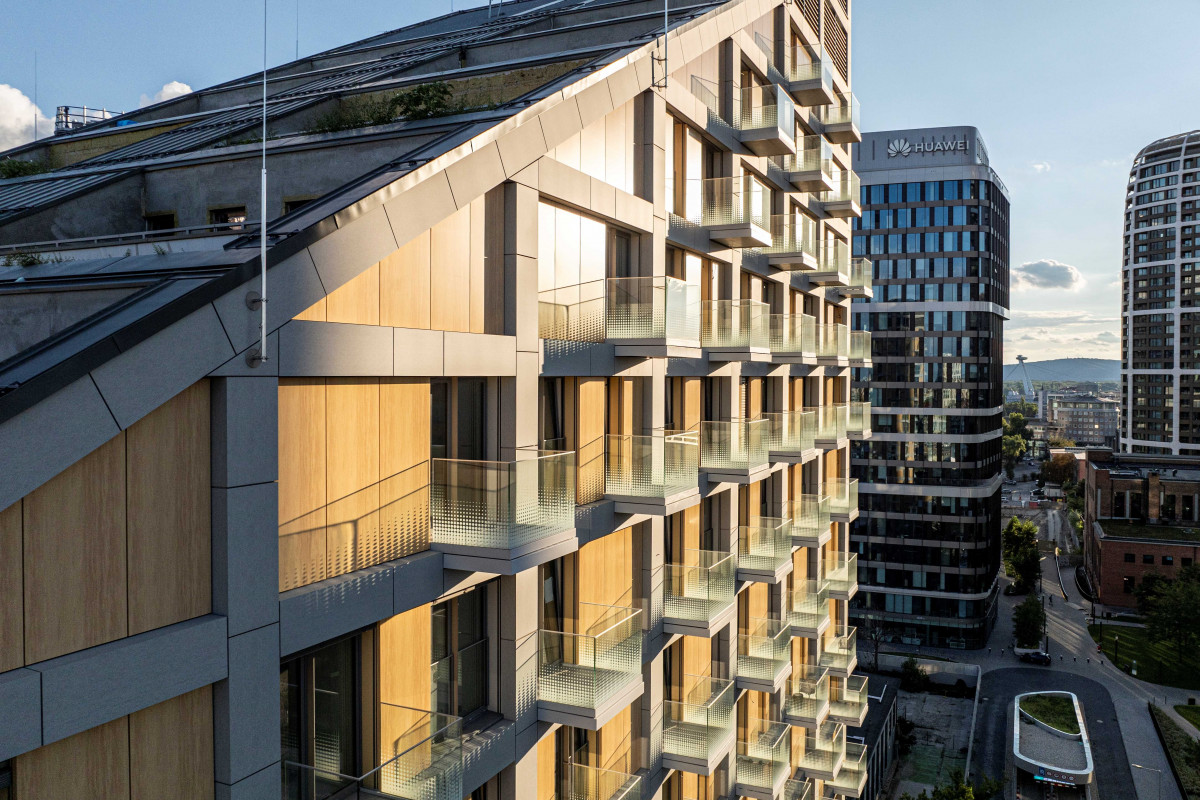 Metropolis has met the highest standards of modern urban living
Metropolis has met the highest standards of modern urban living
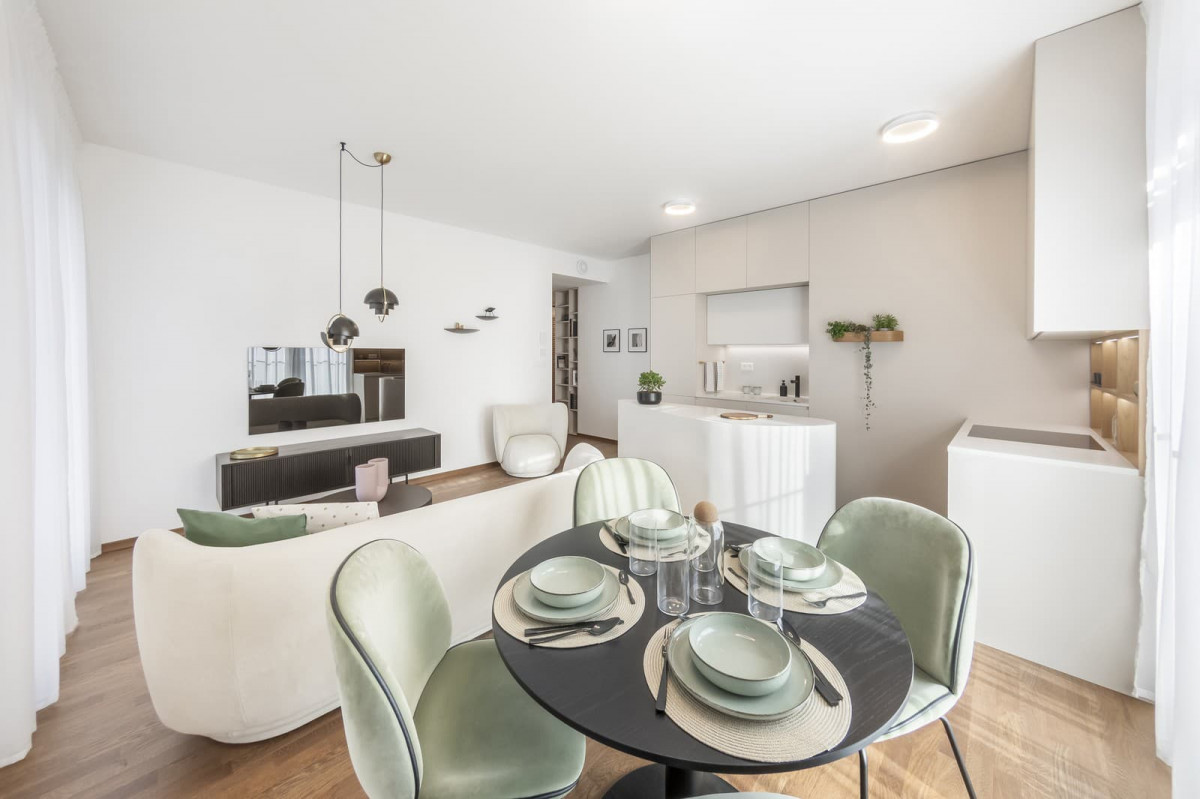 New Trend in Bratislava and Surrounding Areas: People Are Selling Houses and Moving to the New City Center
New Trend in Bratislava and Surrounding Areas: People Are Selling Houses and Moving to the New City Center
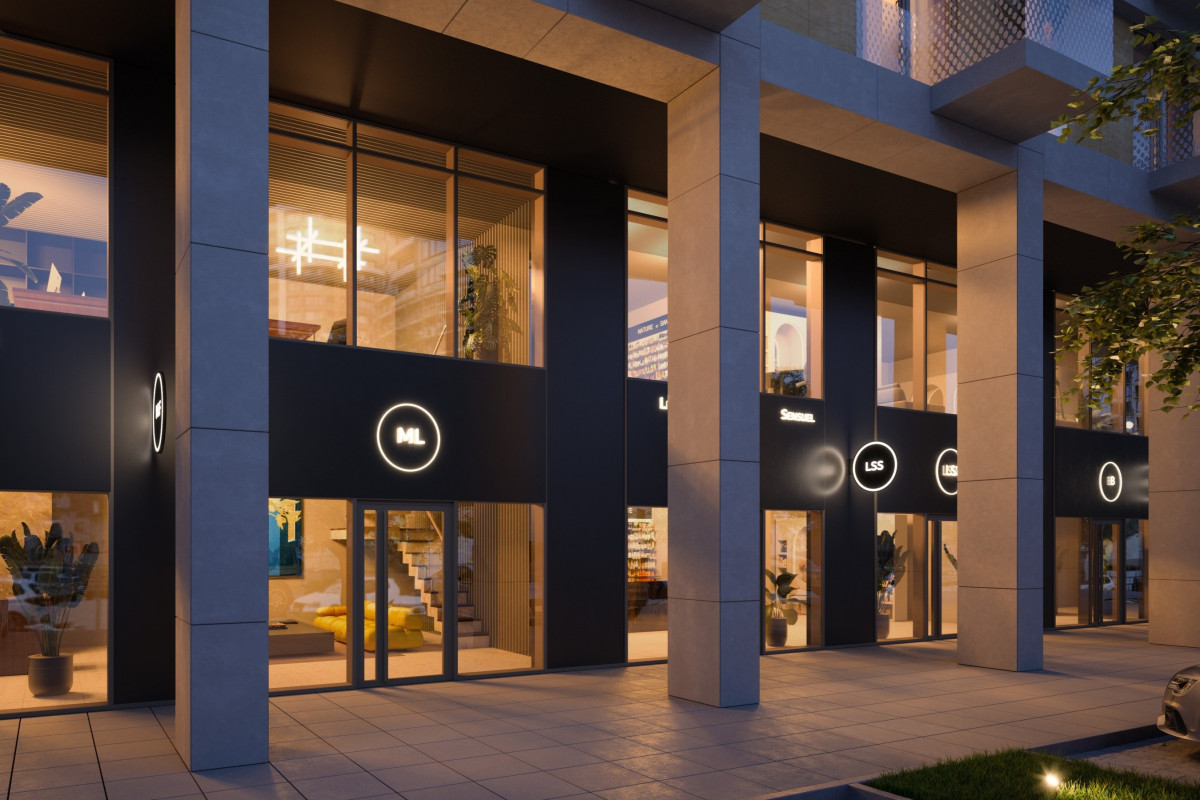 Commercial Spaces in Bratislava? Build Your Successful Business at This Address
Commercial Spaces in Bratislava? Build Your Successful Business at This Address